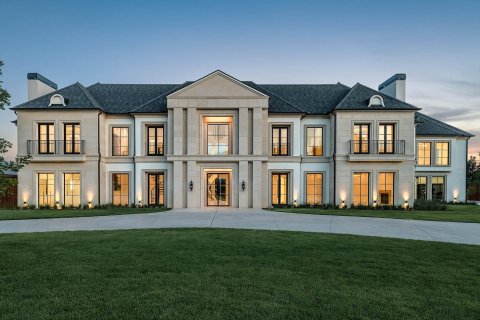Traveling Back in Time in Fort Worth — Great British Painter’s New Kimbell Moment Showcases a Different World
Major U.S. Premiere Lets Texas See It First
BY Courtney Dabney // 10.13.21The entrance to the newest Kimbell exhibit, "Turner's Modern World," does not reveal the wonders to come. (Photo by Courtney Dabney)
Have you ever wanted to turn back the clock? How about by two centuries? That is the view you’ll get of the world as renowned British painter J.M.W. Turner (1775 to 1851) pulls back the curtain — and pulls no punches ― to display the times he lived in.
The Kimbell Art Museum’s anticipated new exhibition “Turner’s Modern World” opens this Sunday, October 17. The United States premiere of the special collection will run through February 6.
This rare showcase of J.M.W. Turner paintings was drawn from the collections of Tate Britain; the Museum of Fine Arts, Boston; the Metropolitan Museum of Art; the Cleveland Museum of Art; the Yale Center for British Art and others.
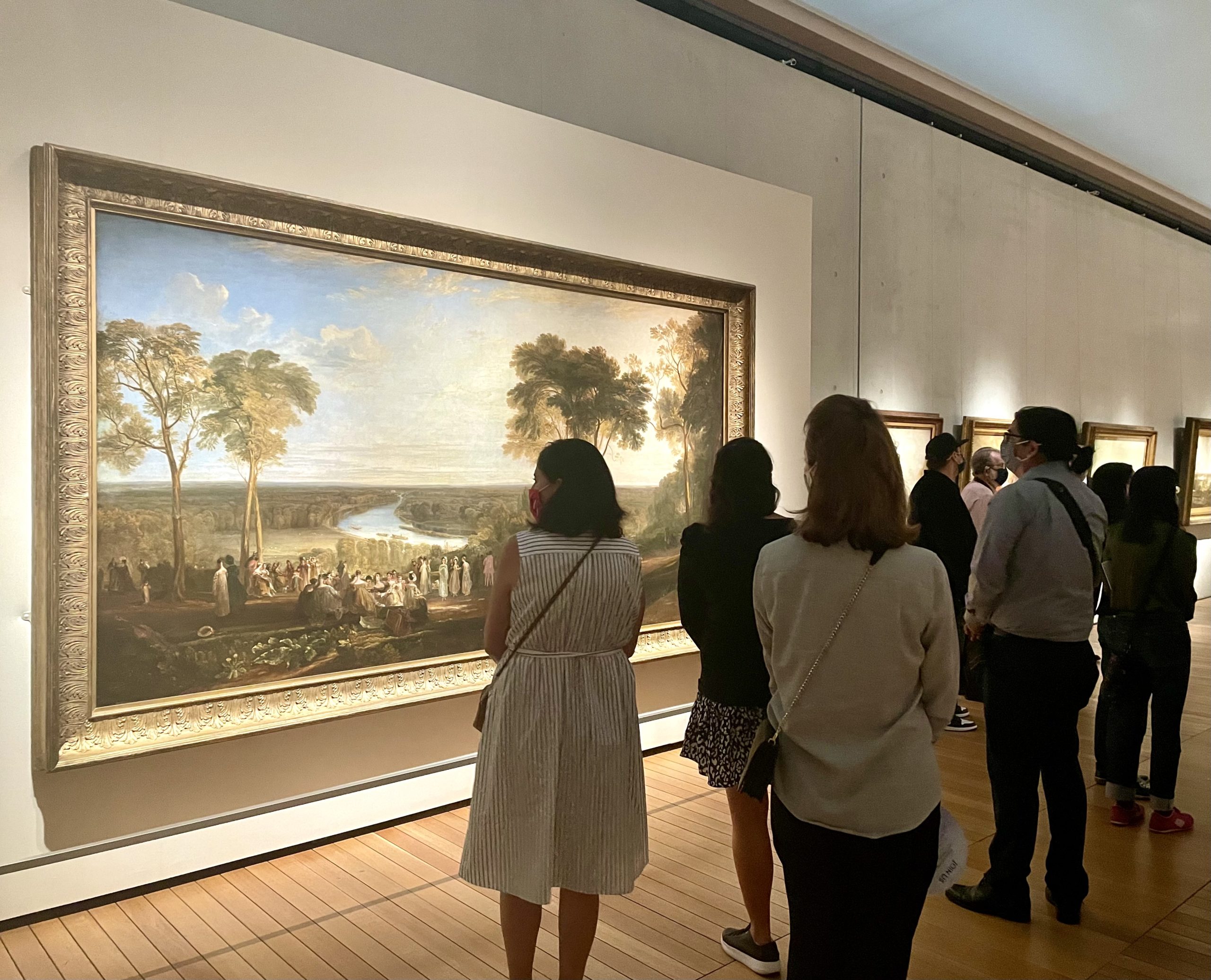
“The Kimbell is thrilled to host such major paintings and watercolors by J.M.W. Turner, a towering figure in the history of European art,” museum director Eric M. Lee says. “He is renowned as a landscape painter with an astonishing range of mood and atmosphere.
“In his work, Turner often drew from history, but he was also fully engaged with modernity and a keen observer of current events — from the Napoleonic Wars to the Industrial Revolution — which provided the subject matter for some of his most dramatic compositions.”
The exhibition, which features more than 100 of Turner’s key works, explores how Britain’s preeminent landscape painter found new and modern ways to interpret the extraordinary events of his time. The curator for the exhibition is George T.M. Shackelford, Kimbell Art Museum’s deputy director. He personally toured the media through the new exhibit on Wednesday.
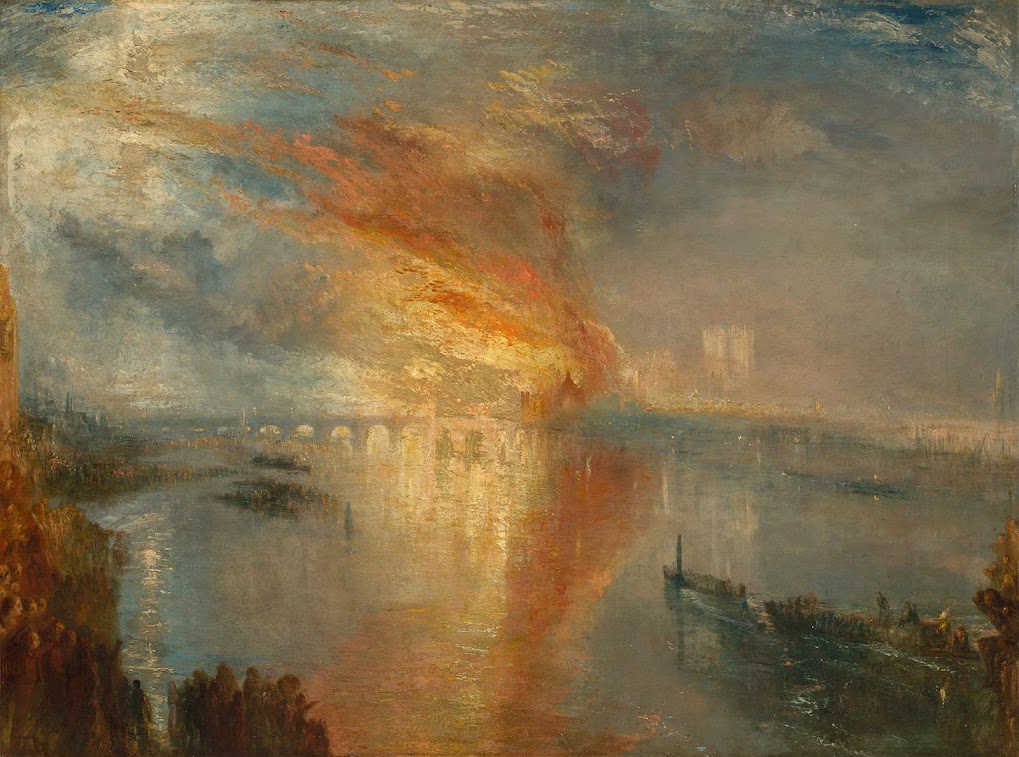
Born in the early years of the Industrial Revolution, Turner witnessed the rapid changes in Britain as advances in industry and commerce brought the country to the height of its power.
From the 1790s to the end of Turner’s life, an incredible population shift took place. From the countryside to newly industrialized cities. Along with industrial development which brought machines to the workplace, the spread of steam power and advances in mobility and transportation, few time periods have seen more dramatic change. Turner serves as our eyewitness from the past, recording the history all around him.
British politics are recorded. So are the great land and sea battles of the Napoleonic Wars — from Trafalgar to Waterloo.
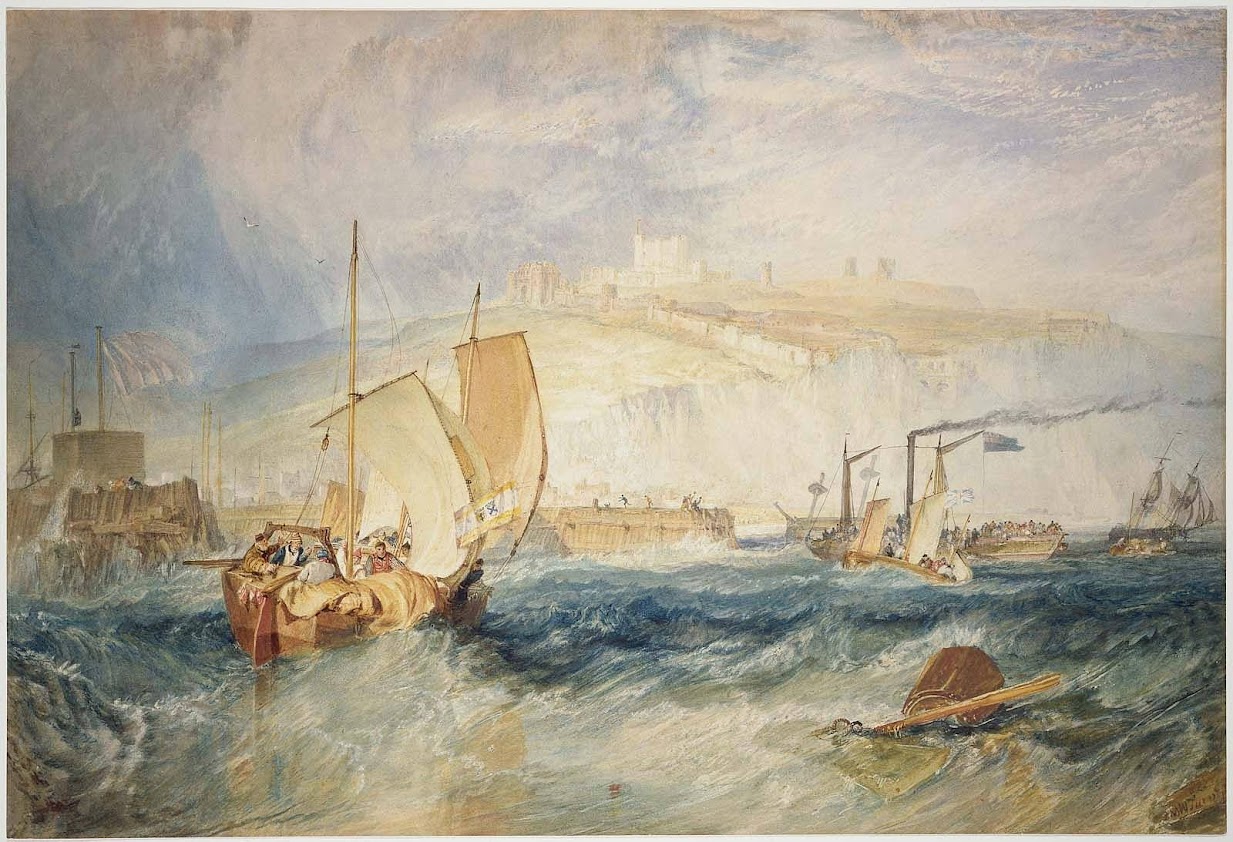
“The exhibition is divided into five galleries,” Shackelford says. “Works were chosen to tell you about Turner’s engagement with modern themes.”
The five sections include Home Front, War and Peace, Causes and Campaigns, Steam and Speed and the largest and final section called Modern Painter, which explores how much Turner actually pushed the envelope during his career. I was personally struck by the many personalities and variation of styles and methods on display. It boggles the mind that one artist created them all. That was the genius of Turner.
From the watery graves of shipwrecks to smoggy “London fog” hanging in the industrialized air, Turner took on tense subject matter and exposed the world just as he witnessed it. Not polished, prettied-up or sanitized. Often his water scenes display the juxtaposition of motorized steam ships right alongside sailing vessels. Turner watched and observed the rapid shifts occurring all around him.

Turner began with more salable watercolor scenes, before he turned to the weightier themes of industry and war. While the large format paintings are perhaps most emblematic of Turner’s work, do not overlook the masterful watercolors in the exhibit. Their precision and detail are astonishing.
The artist’s personal sketches and sketch books are also on display, capturing moments and details in history from which his fuller vision of the scene would spring.
“Turner was an aggressive marketer of his own works and an astute businessman,” Shackelford notes. “Beginning in the 1830s, Turner starts to let his own brush be so visible. That presence of the artist was so powerful.”
After his death, works which had previously not been displayed came to light. Turner was saving them for his postscript. These are mesmerizing in their abstraction and modern form. Inspiring future artists to move forward, these paintings are marked by a fascination with shadow and light.
The close of the exhibit pairs the Kimbell’s own Turner, framed in its circular frame, with two others in dramatic, octagonal frames. These final, powerful images play with shadows and light, cool and warm, and themes of war and peace.
As we look at art from two centuries ago, it is important to remember, as one artist put it, that “all art has been contemporary,” Shackelford notes. “Turner’s concern for and depiction of the issues facing British society in his lifetime should strike contemporary audiences as profoundly modern. And profoundly relevant.”
Many free public programs and lectures are planned by The Kimbell to mark this rare exhibit. For more information and ticketing, check out the Kimbell’s page for “Turner’s Modern World.”





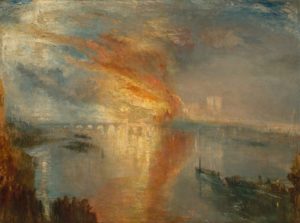
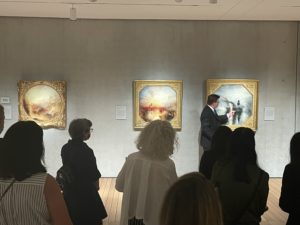
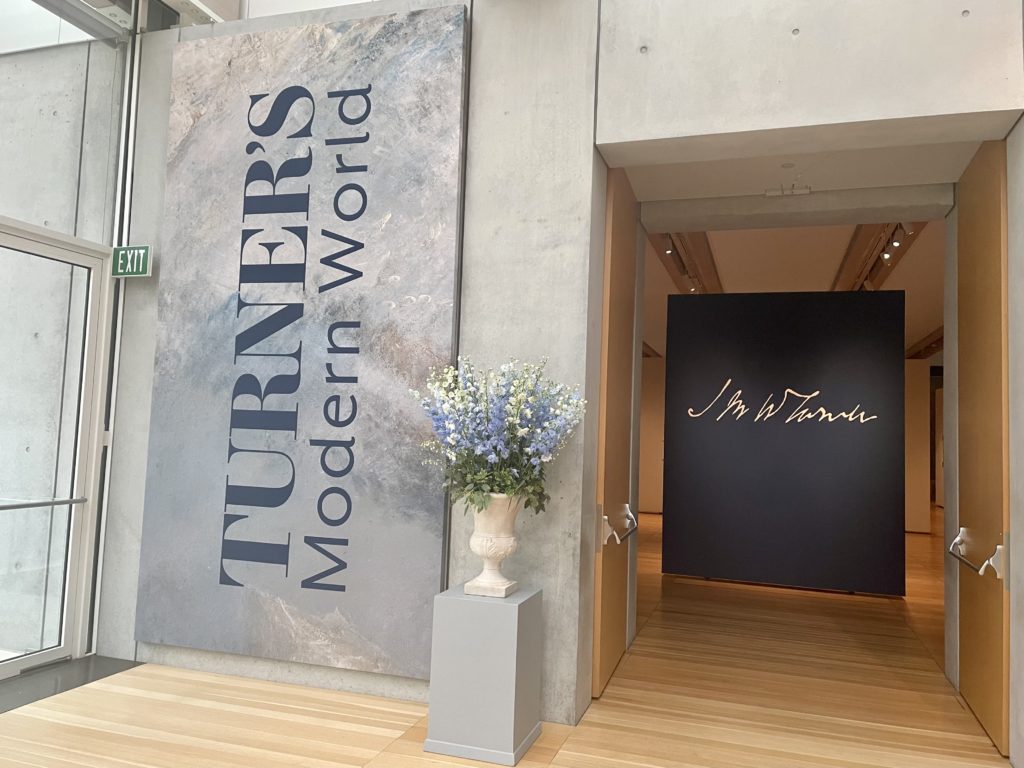


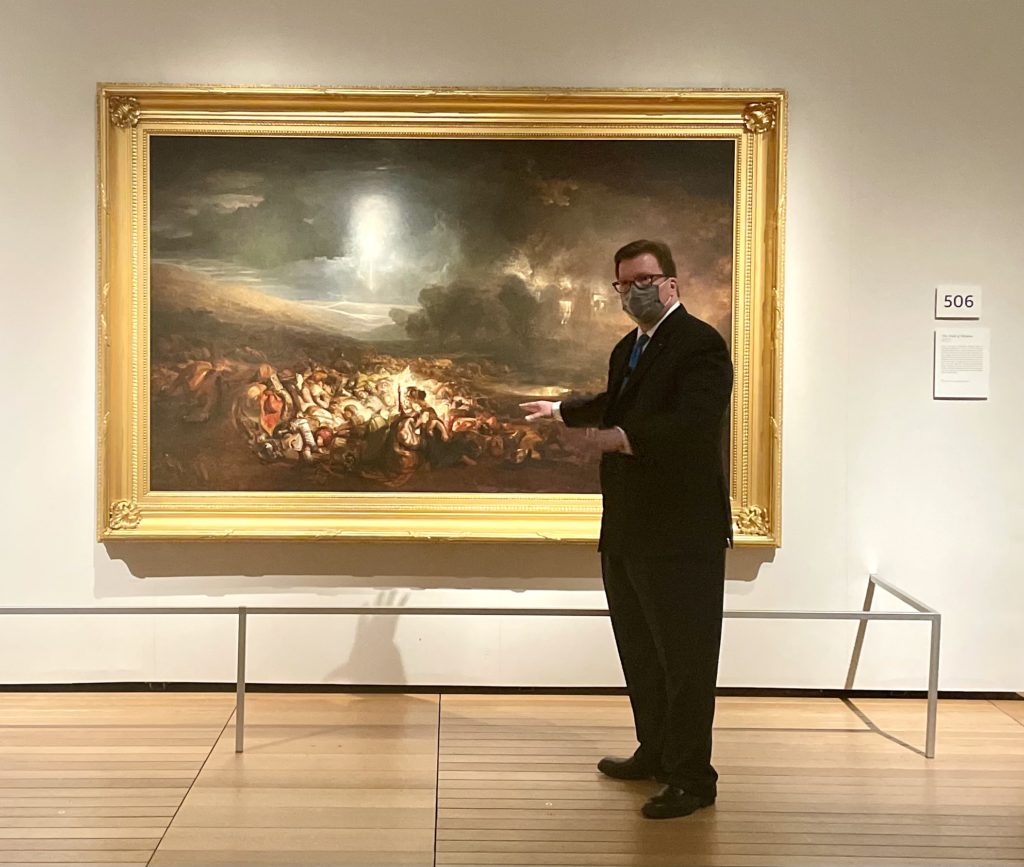


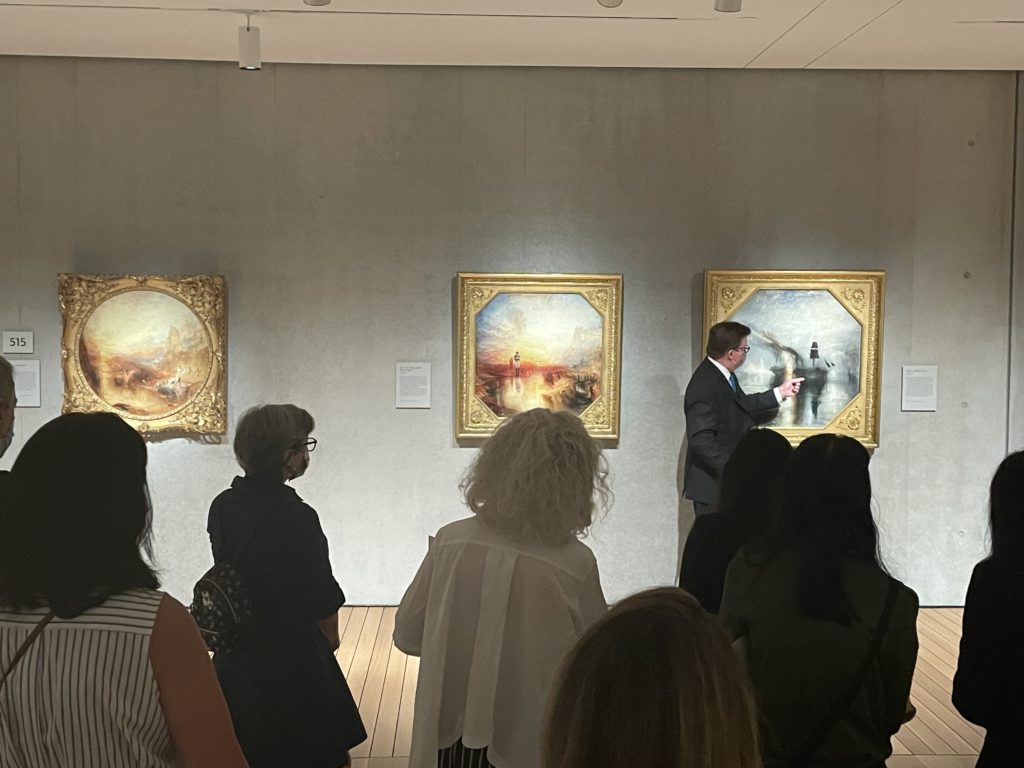




_md.jpeg)












